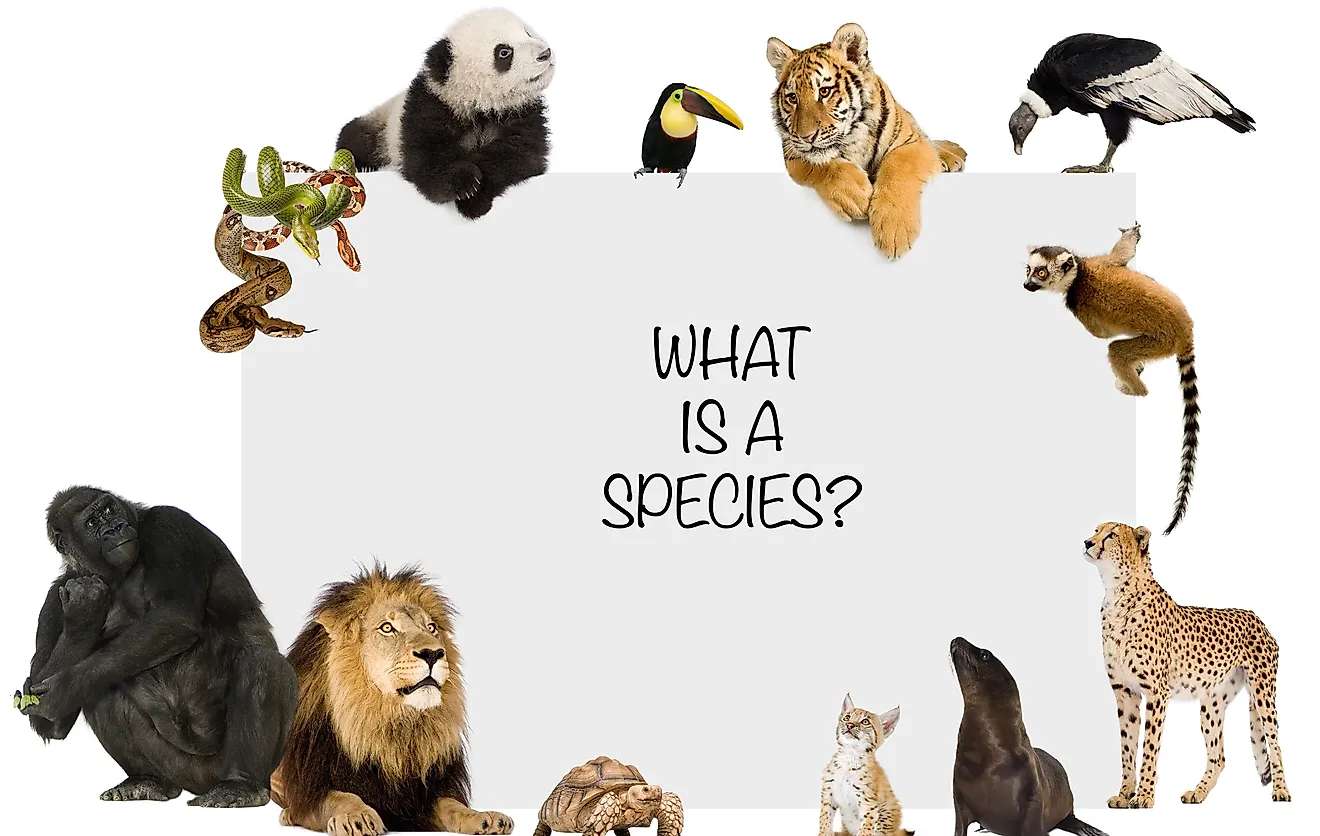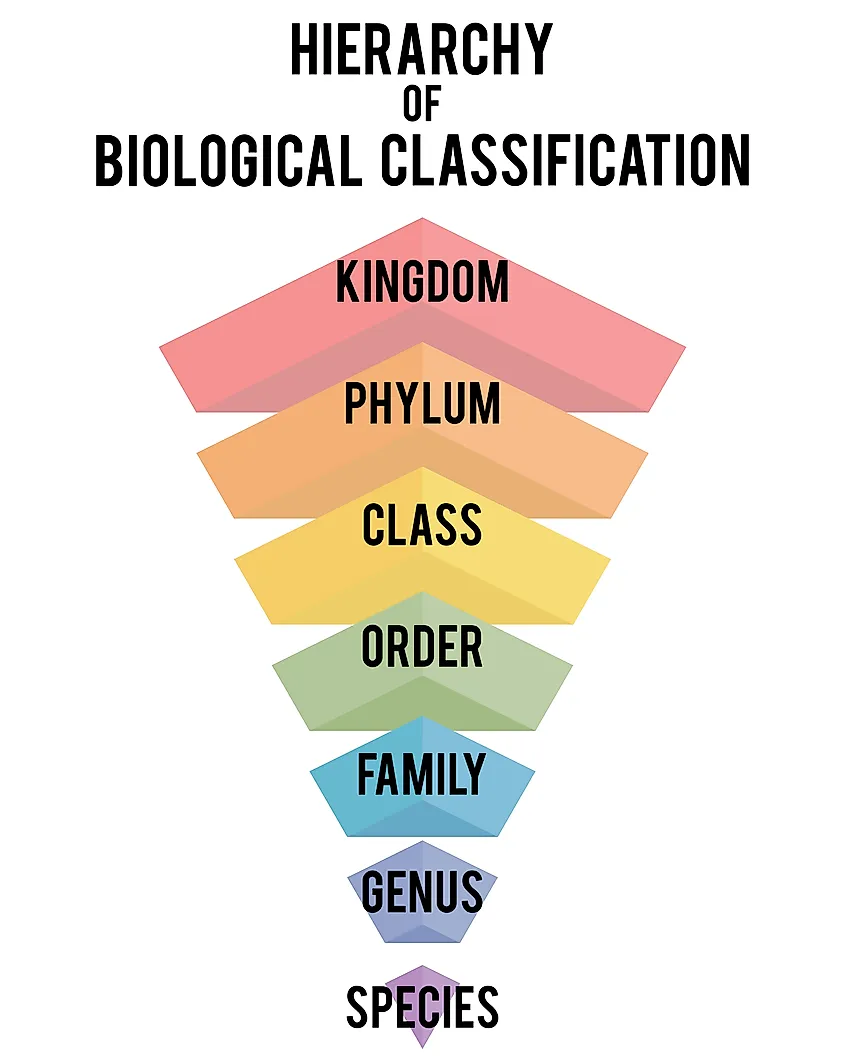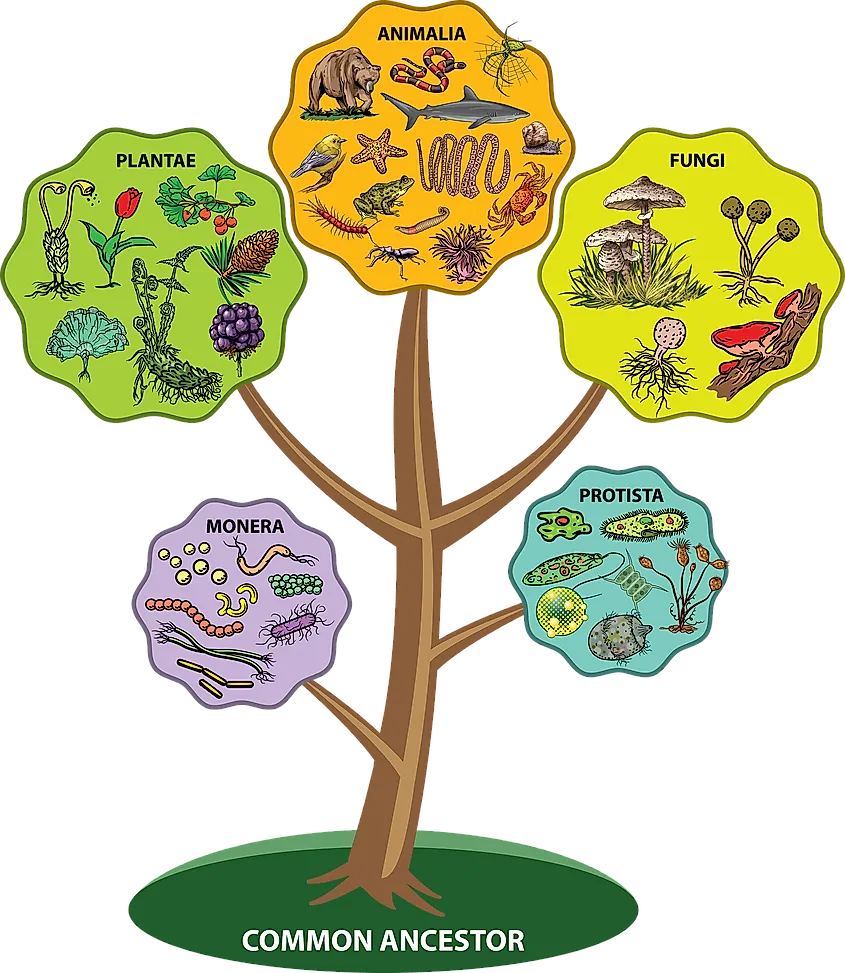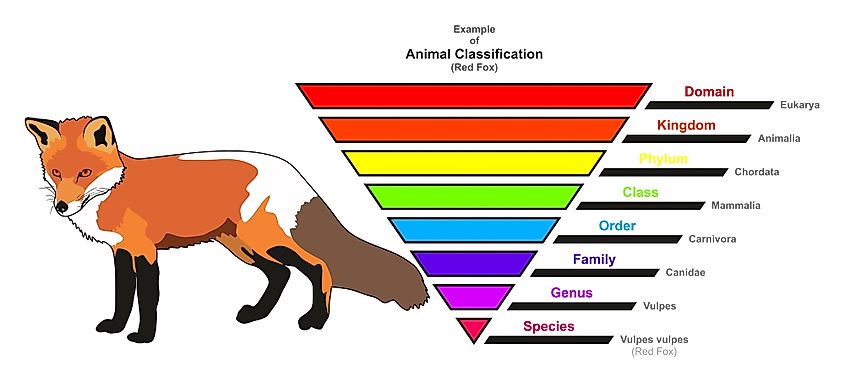What is A Species?

- All living things are ranked in a taxonomic ranking system: kingdom, phylum, class, order, family, genus and species.
- A species is any animal of the same type that is determined by similar relations of appearance, features and genetic makeup.
- Species are capable of interbreeding among themselves and produce viable offspring’s.
Classification of Living Things

In science, there is a system of classification that is used to determine and define all living things. This system allows organisms to be classified into various groups for better understanding, classification and research. It also helps in the understanding of evolution, ecosystems and food chains, and the biology of the organism in general. This classification system is known as taxonomy.
Taxonomy is defined as the branch of biology that deals with the identification, nomenclature and classification of organisms. The modern biological classification began with the 18th century Swedish naturalist Carolus Linneaus. Linneaus had developed a hierachy for classifying and naming organisms that forms the basis for modern taxonomy.
In Linnean hierarchy, the major categories or taxons are given standard taxonomic ranks to indicate the levels of similarities between all the members of the group. These categories are as follows: kingdom, phylum, class, order, family, genus, species, and subspecies.
All of these categories together make up the entire classification of known lifeforms. There is some debate about whether there are five or six kingdoms, however the fundamentals of classification are the same in both systems.
Taxonomic Rankings

According to the five kingdom classification system, the kingdoms are Monera, Protista, Fungi, Plantae and Animalia. All known animals comes under the kingdom of Animalia, plants in the Plantae Kingdom, Fungi include any living fungus such as mushrooms and the like, protista includes all unicellular organisms, while the monera includes all prokaryotic organisms.
Taking the Animalia kingdom as an example, an organism can be followed down through all the major ranks of the taxonomic ranking system. After Kingdom comes Phylum, of which the animal kingdom has 31. From there, moving to class, animals are further split. The class level is where the terms mammals – or Mammalia are used to differentiate from other animals such as the aves class (which includes all bird life). After class is order, an example of which would be primate. (A primate being a type of mammal). Next is a family where creatures are even more closely related than in an order. Similarly, a genus further clarifies an order, and the final classification is a species.
A species is any animal of the same type – the exact same type of animal, plant, or other organisms. As with all levels of taxonomy, this is determined by similar relations of appearance, features and genetic makeup.
Example

To follow an example all the way from the all-inclusive “life” through to the species level, take the Red fox. The Red fox is scientifically known as Vulpes vulpes. Under the Kingdom, it is Animalia, meaning animal and not plant or bacterial life. Its Phylum is Chordata. Chordata must all exhibit these five characteristics: they possess a notochord, a dorsal hollow nerve cord, and endostyle, a thyroid, and a post-anal tale. Its Class is Mammalia, which includes the mammals. A fox’s order is Carnivora, meaning it is a meat-eating organism.The family for the red fox is Canidae, which colloquially is known as the ‘dog family’ and includes domestic dogs, foxes, wolves, hyenas, etc. The genus is then known as Vulpes, which is the distinction of a fox.
There are various species of foxes, hence there are a number of different species of Vulpes. This includes examples such as the Arctic fox (Vulpes lagopus), or the Bengal fox (Vulpes bengalensis). All animals in the Vulpes genus have a Vulpes designation in their official name. The specific epithet for the red fox happens to be vulpes, and that distinction, or name, is given only to animals in that specific species – i.e. only other red foxes. Thus, the Scientific Name of Red Fox is Vulpes vulpes.


 Users Today : 363
Users Today : 363 Total views : 469463
Total views : 469463